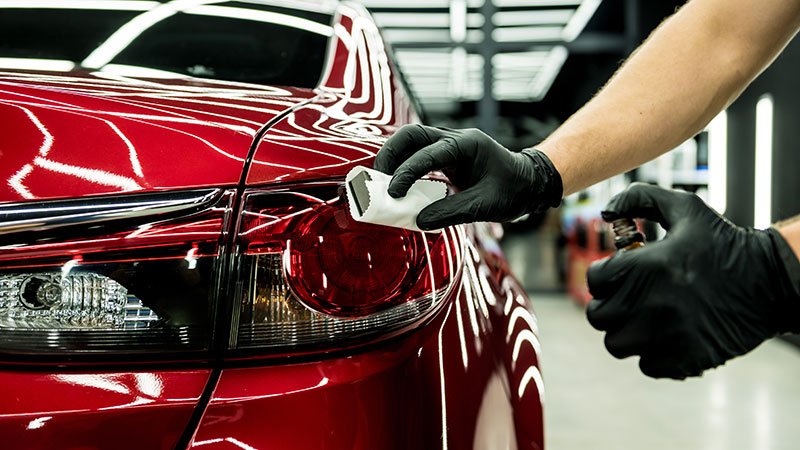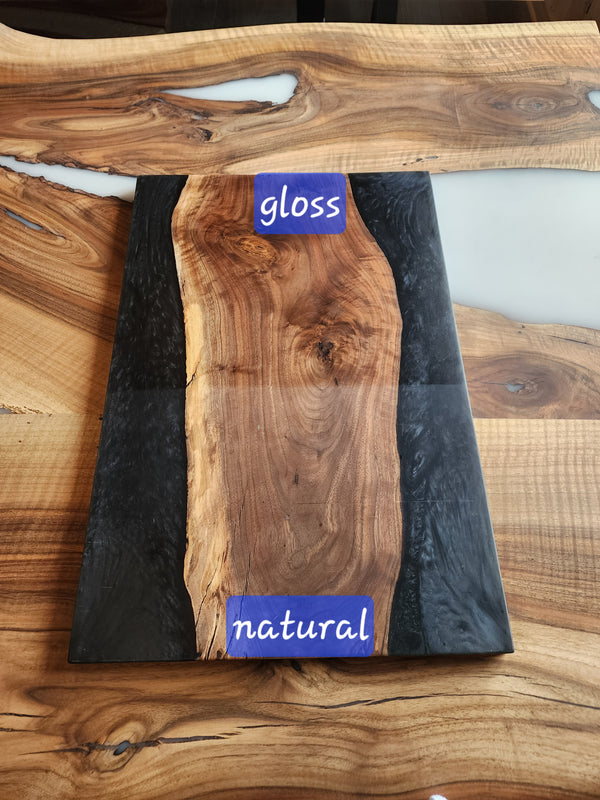Why Ceramic Layer Is the Ultimate Solution for a Flawless Complete
Ceramic finish has emerged as a leading remedy for those looking for a remarkable finish for their automobiles, thanks to its exceptional sturdiness and safety functions. This advanced liquid polymer not only bonds effortlessly with manufacturing facility paint but additionally provides a formidable obstacle versus common risks such as scratches, UV rays, and toxic wastes. In addition, its hydrophobic residential or commercial properties simplify maintenance while boosting visual allure. Understanding how this innovation contrasts to traditional approaches and discovering its application nuances can reveal even a lot more about its worth. What variables truly established ceramic coating apart?
What Is Ceramic Finish?

When used appropriately, ceramic finish develops a hydrophobic surface area that fends off water and dirt, making it less complicated to clean up and keep. Unlike standard waxes or sealants, which generally supply brief protection, ceramic finishes can last for numerous years, relying on the product high quality and application method. The process of using ceramic layer needs careful preparation, consisting of extensive cleansing and sometimes paint adjustment, to guarantee optimal bonding and efficiency.
Ceramic layers are not limited to automobile surfaces; they can also be utilized on different materials, including glass, steel, and plastics, offering a functional service for boosting protection. Overall, ceramic covering stands for a substantial innovation in surface area security innovation, incorporating both practical and aesthetic advantages for a variety of applications.
Advantages of Ceramic Layer
While many surface security alternatives exist, the benefits of ceramic finish stick out due to its one-of-a-kind residential or commercial properties and resilient efficiency. One of the key benefits is its outstanding sturdiness. Ceramic Coating Philadelphia. Unlike standard wax or sealants that need regular reapplication, ceramic coverings offer a durable layer that can last for several years, considerably decreasing upkeep efforts
An additional notable benefit is enhanced security against environmental pollutants. Ceramic coatings produce a hydrophobic surface that wards off water, dust, and numerous toxins, making it easier to clean up. This feature not just maintains the lorry's look yet likewise minimizes the danger of rust and oxidation, specifically in rough weather.
Additionally, ceramic finishings offer exceptional resistance to UV rays, stopping fading and deterioration of paint in time. This UV defense is crucial for maintaining the visual value of vehicles and surfaces revealed to route sunlight.
Additionally, the glossy coating achieved with ceramic finish enhances the total visual charm, providing surface areas a showroom-quality shine. Generally, ceramic finishes stand for a considerable innovation in surface defense technology, providing long-lasting benefits that deal with both visual and useful requirements.
Exactly How It Works
Comprehending the scientific research behind ceramic finishes reveals how they offer such exceptional defense and long life. At its core, a ceramic layer is a liquid polymer that chemically bonds with the lorry's manufacturing facility paint.
The application process includes several steps, consisting of surface area preparation, which is crucial to achieving ideal bond. When applied, the finish undergoes a healing procedure, during which it hardens and develops a semi-permanent bond with the paint surface area. This bond is what identifies ceramic coverings from standard waxes and sealants, providing a longer-lasting protective barrier that can endure for many years.
Moreover, the thickness of the finishing can enhance its safety qualities, making certain that it can hold up against rough problems. Inevitably, the science of ceramic finishings incorporates sophisticated materials with innovative application strategies to provide an unequaled degree of protection and aesthetic improvement for lorries.
Contrast With Standard Methods
The benefits of ceramic coverings end up being particularly apparent when contrasted to standard paint security techniques such as sealants and waxes. While waxes supply a short-term luster, usually get redirected here lasting a few weeks to a number of months, ceramic layers offer a lasting protective layer that can endure for a number of years. This sturdiness dramatically decreases the regularity of reapplication, making ceramic finishes a much more affordable service gradually.
Additionally, standard techniques typically call for substantial preparation and multiple applications to achieve a satisfying level of protection. In comparison, ceramic finishings bond at a molecular level with the vehicle's surface, creating a robust shield versus environmental pollutants like UV rays, acid rain, and road salts. This bond boosts the automobile's resistance to scratches and swirl marks, which prevail with conventional waxes and click for more info sealers.
In addition, the hydrophobic buildings of ceramic layers drive away water and dirt, leading to simpler cleaning and maintenance. On the other hand, wax and sealant-treated surfaces can draw in crud, demanding more regular cleaning - Ceramic Coating Philadelphia. Generally, ceramic coatings not just offer exceptional go to this web-site security however likewise provide an extra aesthetically attractive and enduring finish, establishing them as the preferred choice for critical car owners
Application and Upkeep Tips

Using a foam applicator, use the coating in tiny sections, following the supplier's guidelines regarding density and overlap. Allow enough curing time in between coats, usually 1 day, to ensure appropriate bonding. After application, it is crucial to prevent exposure to water or harsh components for at the very least a week to enable the finish to fully treat.
For upkeep, clean the vehicle consistently with pH-balanced soaps and prevent abrasive materials. Touchless automobile cleans are advised to lessen scraping. Additionally, utilizing a ceramic upkeep spray can boost the layer's hydrophobic homes and long life. Routine evaluations for any type of indicators of wear will certainly aid preserve the finish's honesty and protect that immaculate surface.
Verdict
In verdict, ceramic coating becomes an exceptional choice for attaining a flawless automotive coating. Its exceptional toughness, protective qualities, and hydrophobic properties significantly enhance the car's appearance while simplifying upkeep efforts. By developing a durable bond with factory paint, ceramic finish effectively shields against scratches, UV rays, and environmental contaminants. With a life expectancy prolonging a number of years, this sophisticated remedy not only maintains but additionally raises the overall aesthetic charm of cars, making it an affordable investment for vehicle fanatics.
